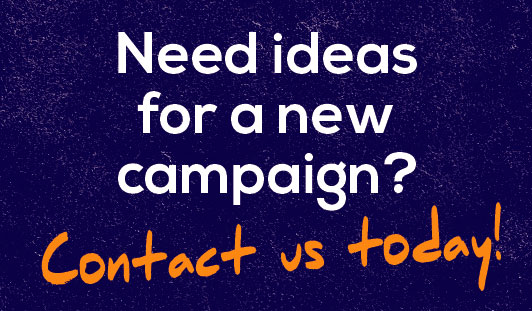Stakeholder Guide: Persuading Management to Back Promotional Marketing
Getting promotional marketing campaigns approved can sometimes be as challenging as running them. Many marketing managers see the potential of branded merchandise to boost awareness and loyalty, but struggle to convince senior stakeholders to allocate budget. To succeed, you need to frame promotional products not as expenses, but as strategic investments that deliver measurable business value.
Why Winning Stakeholder Support Is Critical
Stakeholder support is the difference between a campaign idea that stays on paper and one that drives results. Management teams want to know that every pound invested connects to wider business goals. Without that alignment, even the most creative merchandise plans may never see the light of day.
Promotional marketing offers three clear advantages decision-makers value:
· Tangible brand visibility that complements digital campaigns.
· High recall and long-term use compared to disposable ads.
· Alignment with sustainability goals when using eco-friendly products.
Framing your pitch around these benefits makes it easier to gain leadership approval.
Common Concerns from Management
Before presenting a proposal, anticipate what decision-makers may question:
· Budget efficiency – How does merchandise compare to other marketing channels?
· Audience fit – Will customers find the items useful or relevant?
· Brand alignment – Does the merchandise reflect company values such as quality or sustainability?
By addressing these points directly, you reduce friction and build trust with senior teams.
Strategies to Persuade Stakeholders
1. Link Merchandise to Measurable Outcomes
Show how promotional items contribute to KPIs such as lead generation, repeat engagement, or event success. For example, reusable branded water bottles reinforce sustainable values while delivering daily logo exposure.
2. Demonstrate Customer Value
Stakeholders respond well to proof of impact. Practical items like branded tote bags or premium personalised Moleskine notebooks show how merchandise becomes part of customers’ routines, creating repeated impressions.
3. Support with Data and Benchmarks
Provide evidence through cost-per-impression comparisons with digital ads, or highlight studies showing branded items improve recall rates. Tools like post-campaign surveys or case studies make your argument stronger. Our insights on setting measurable goals for promotional campaigns can help structure these discussions.
4. Present Tiered Options
Offer scalable plans: low-cost items such as wristbands for mass reach, alongside premium branded jackets for key clients or employees. This flexibility reassures management that budget is being handled responsibly.
Campaign Planning for Long-Term Impact
Once you have stakeholder backing, ensure the campaign is designed for measurable success:
1. Set clear objectives – Define whether the goal is awareness, lead nurturing, or retention.
2. Segment the audience – Tailor merchandise to match customer profiles, from students to executives.
3. Balance cost and longevity – Use everyday items like tote bags for reach and premium clothing for impact.
4. Measure and report – Track usage, impressions, and brand recall to justify future investment.
These steps help build trust not only in the campaign itself but in the long-term role of promotional marketing within the organisation.
Final Thoughts
Securing management support for promotional marketing is about more than enthusiasm — it’s about strategy, evidence, and alignment. By demonstrating clear ROI, presenting scalable options, and connecting merchandise to company values, you can turn scepticism into support.
With thoughtful planning and the right mix of branded merchandise your campaigns can win both customer attention and stakeholder confidence, proving that promotional products are not just giveaways but growth drivers.


